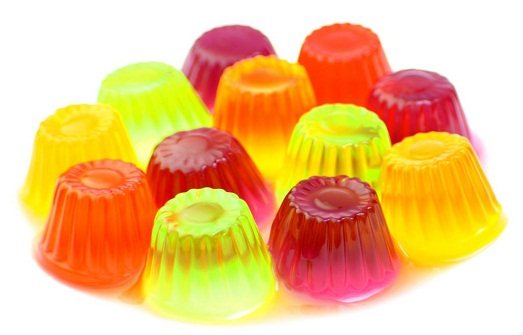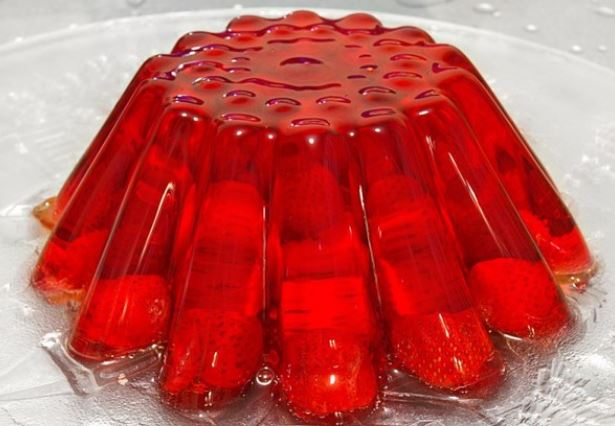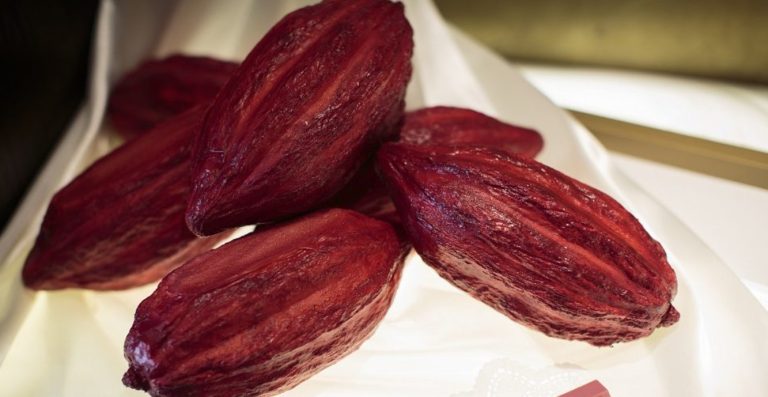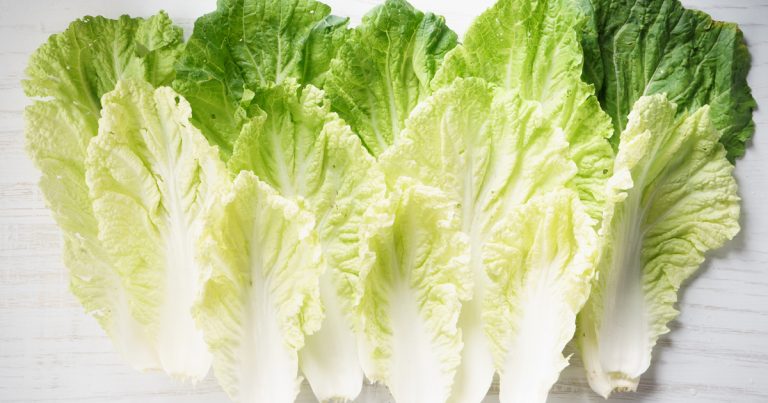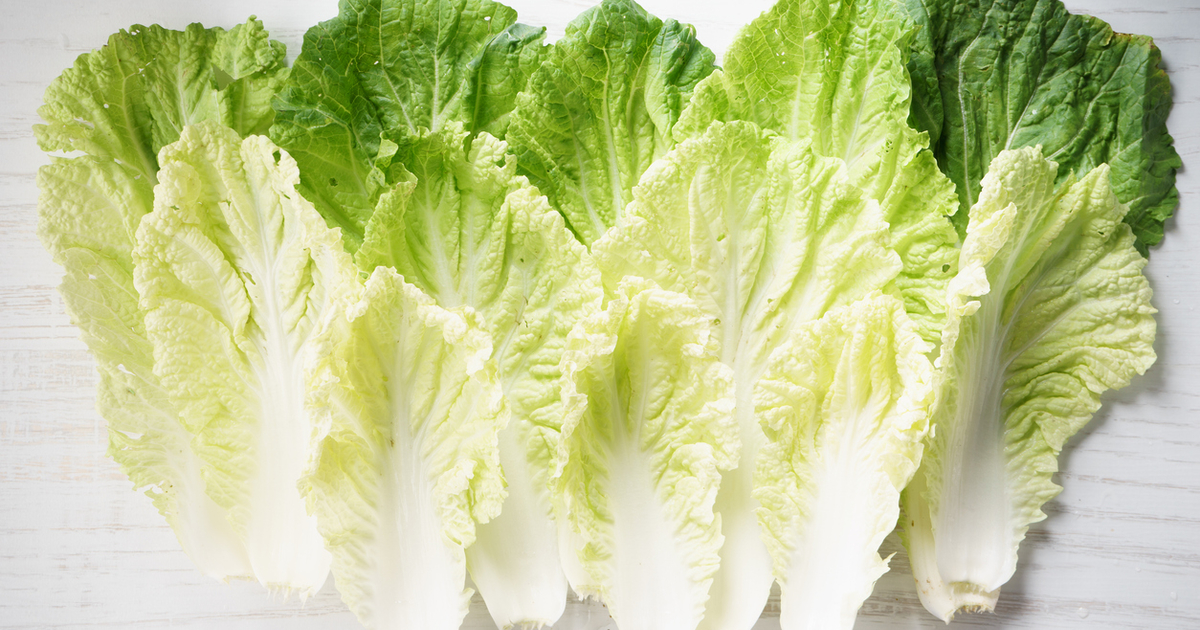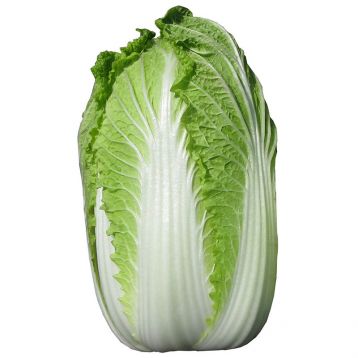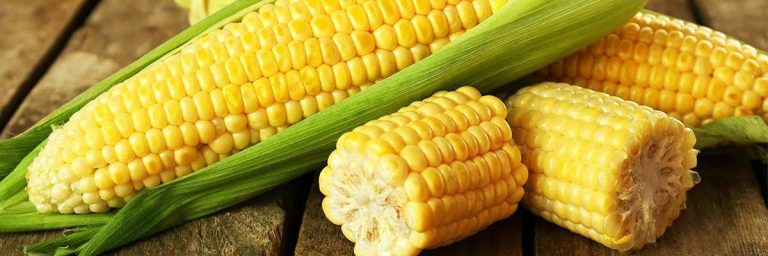Old apple varieties were long forgotten, but now they are experiencing a renaissance. Because they not only provide more taste variety and biodiversity, but are also healthier – especially for allergy sufferers.
What are old apple varieties?

Pink Lady, Golden Delicious, Gala: These three apple varieties are among the “usual suspects” in supermarket fruit displays. There you will find just a small fraction of the estimated 2,000 apple varieties that exist in Germany. Only about 20 varieties are grown in economically significant quantities. The other varieties can only be found in certain regions, for example, in the gardens of hobby gardeners and self-sufficient people or on meadow orchards. These include many so-called “old apple varieties”, such as Berlepsch, Boskoop, Cox Orange or the Gravensteiner.
Old apple varieties have been cultivated in this country for a long time, sometimes for centuries. However, they have not been overbred like many of the most popular apple varieties in the supermarket. In particular, conventional apples are bred in such a way that they are resistant to plant diseases or are easy to store and transport. These breeds are often at the expense of the ingredients and the variety of tastes. Old varieties, on the other hand, have retained their unique taste.
What makes old apple varieties particularly healthy?
In addition to their special aroma, old apple varieties are also interesting because of their health benefits. These were mainly due to the high polyphenol content in old apple varieties.
Polyphenols are aromatic compounds that are mostly found in or just under the apple skin. There is research by the BUND Group Lemgo in cooperation with the allergy center of the Charité Berlin on the polyphenol content in old apple varieties. They have shown that the high amount of polyphenols apparently contributes to the fact that many apple allergy sufferers can tolerate old apple varieties without any problems. And that’s not all: the studies also showed that people who were allergic to apples had fewer problems with hay fever if they regularly consumed the well-tolerated varieties. In adults, hay fever often occurs in combination with an apple allergy.
Polyphenols are found in much larger amounts in old apple varieties because they were bred from new varieties. According to the NDR, polyphenols normally ensure that the pulp turns brown after the apple has been cut. Such breeds no longer have the alleged problem of an unappetizing appearance, but they also lack the health-promoting effect of the polyphenols in the apple.
In addition to positive effects for apple allergy sufferers, polyphenols have also been shown to have antioxidant, anti-inflammatory and blood pressure-regulating properties.
Why old apple varieties are important

Breeding and crossing of different apple varieties have been taking place for centuries. Over time, a large variety of varieties, flavors, shapes and colors has emerged. But there is not much left of this diversity today. The modern, global economic system focuses on maximizing yield and year-round availability of apples. As a result, apples are mainly only grown in such a way that they are easy to transport, store and resistant.
So far, old apple varieties have not been able to assert themselves against the mass of optimized supermarket apples. But thanks to the increasing interest in sustainability and organic farming, many old apple varieties are being rediscovered. Efforts are being made to conserve or revive these varieties so they don’t die out completely. This promotes variety.
The environment and regional agriculture also benefit from the growing interest in old apple varieties. Some of these strains only thrive in certain regions. Local farmers have less work with apple varieties that are perfectly adapted to the environment. And consumers can be sure that they are shopping in a more environmentally friendly way if they choose seasonal and regional apples.

